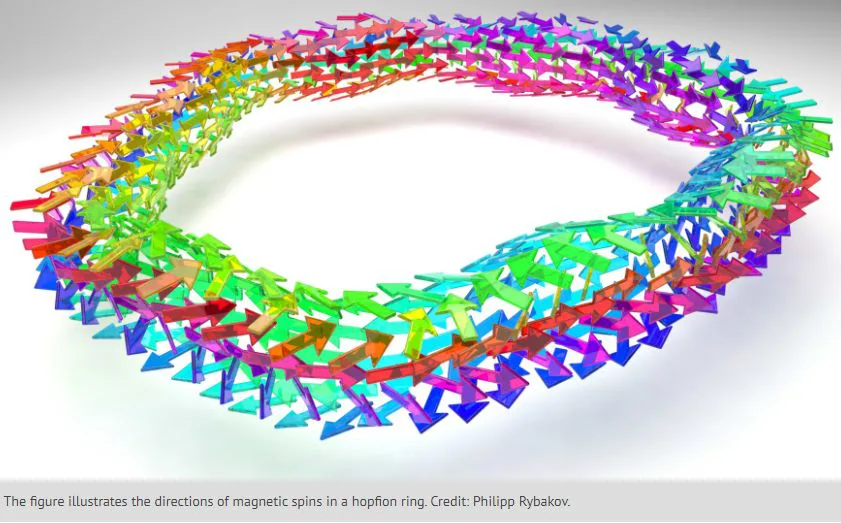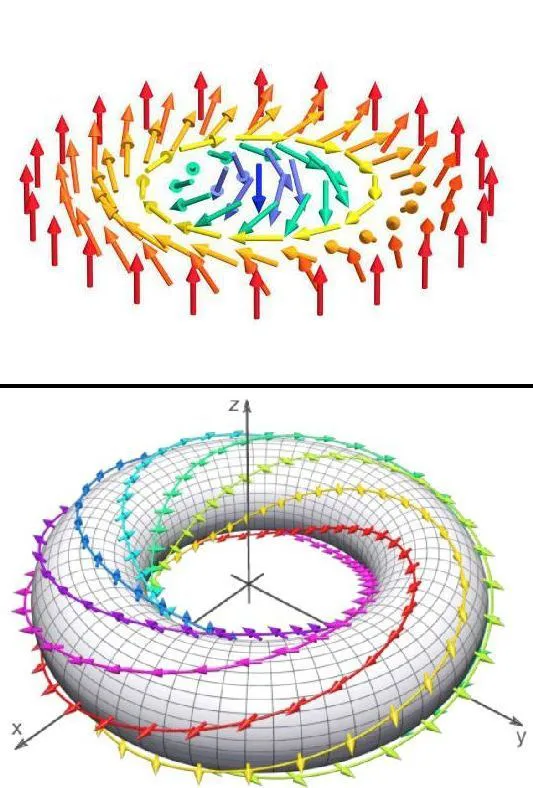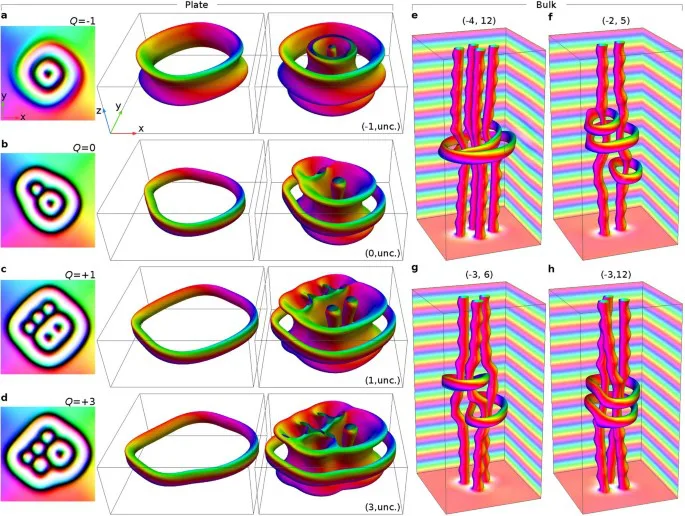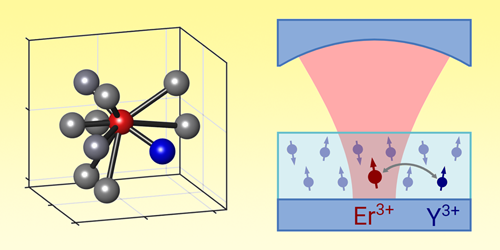
Hopfions, the magnetic spin structures, have gained significant attention in recent years. Although their predictions have been observed several decades ago. A collaborative research effort from Sweden, Germany, and China presents it’s the first experimental evidence.
Philipp Rybakov, a researcher at Uppsala University, Sweden, emphasized that the result could create a bridge between experimental physics and abstract mathematical theory. Eventually, it’ll open up possibilities for hopfions to be applied in spintronics. Thus, showcasing its importance both fundamentally and practically.
What is Spintronics?
In simple terms, Spintronics means spin transport electronics. It is an emerging field in nanoelectronics, where not only electron’s charge, but also its spin is used for information processing.
Spintronics represents an evolution or alternative approach to traditional electronics.
Its goal is to design electronic devices that are:
- Fast: Spin-based devices have the potential to perform operations more quickly than traditional electronics.
- Energy-efficient: This involves minimizing energy losses during information processing, leading to improved overall efficiency in electronic systems.
- Have high storage capacity for both logic and memory functions: Spintronics explores methods to increase the storage capacity of electronic devices for both logic and memory functions.
- Innovative control techniques: This control allows for precise management of information flow within electronic circuits.
Advancement of innovative materials and future technologies are very much dependent on the in-depth understanding of how various material components’ function.
In the realm of research, such as spintronics, (that delves into electron spin) there are exciting prospects to integrate the electricity and magnetism of electrons.

Magnetic Skyrmion and Hopfions
Over the last decade, hopfions along with magnetic skyrmions have been at the forefront of research. Both are topological structures with distinctive localized field configurations.
- Magnetic skyrmions are two-dimensional, vortex-like spin textures that exist in magnetic materials. Since they have particle-like properties, they can be manipulated by electric currents and magnetic fields.
- Hopfions, like magnetic skyrmions, are topological structures found in magnetic materials. However, they exist in three dimensions. Their structure resembles a donut-shaped ring within the magnetic sample volume.
Both hopfions and magnetic skyrmions are fascinating structures. Their particle-like characteristics and potential in spintronic applications are making them ideal candidate particularly in the study of magnetic materials.
Direct Observation of Stable Hopfions in B20-type FeGe Plates
Although researchers have been studying magnetic hopfions extensively, they’ve only been directly observed in synthetic materials until now. The new study, however, marks the first experimental evidence of hopfions stabilized in a crystal of B20-type FeGe plates.
The observations were made using techniques like transmission electron microscopy and holography.
The results are consistent with micromagnetic simulations and are highly reproducible.
Scientists not only introduce a unified classification for skyrmions and hopfions. But they also provide insights into the variety of topological solitons in three-dimensional chiral magnets.
The discoveries unlock new avenues in experimental physics. These include:
- Identifying stable hopfions in other crystals: This will expand our understanding of magnetic materials, which will assist in creating novel electronic and magnetic devices.
- Exploring interactions between hopfions and electric/spin currents: This will lead to the development of innovative technologies for information processing, including potential advancements in data storage and processing using magnetic structures.
- Delving into hopfion dynamics: This will hold the potential to drive technological innovations and advancements in materials science.

Takeaway
Hopfions are a new discovery, and many of their properties are yet to be uncovered. Predicting specific spintronic applications is challenging. However, the researchers speculate that hopfions could be particularly useful in upgrading technologies like racetrack memory, neuromorphic computing, and qubits.
According to Rybakov, compared to skyrmions, hopfions have an extra degree of freedom because of their three-dimensional nature. This will enable movement in three dimensions instead of two.
Journal Reference: Fengshan Zheng, Nikolai S. Kiselev, Filipp N. Rybakov, Luyan Yang, Wen Shi, Stefan Blügel, Rafal E. Dunin-Borkowski. Hopfion rings in a cubic chiral magnet. Nature, 2023; 623 (7988): 718 DOI: 10.1038/s41586-023-06658-5



